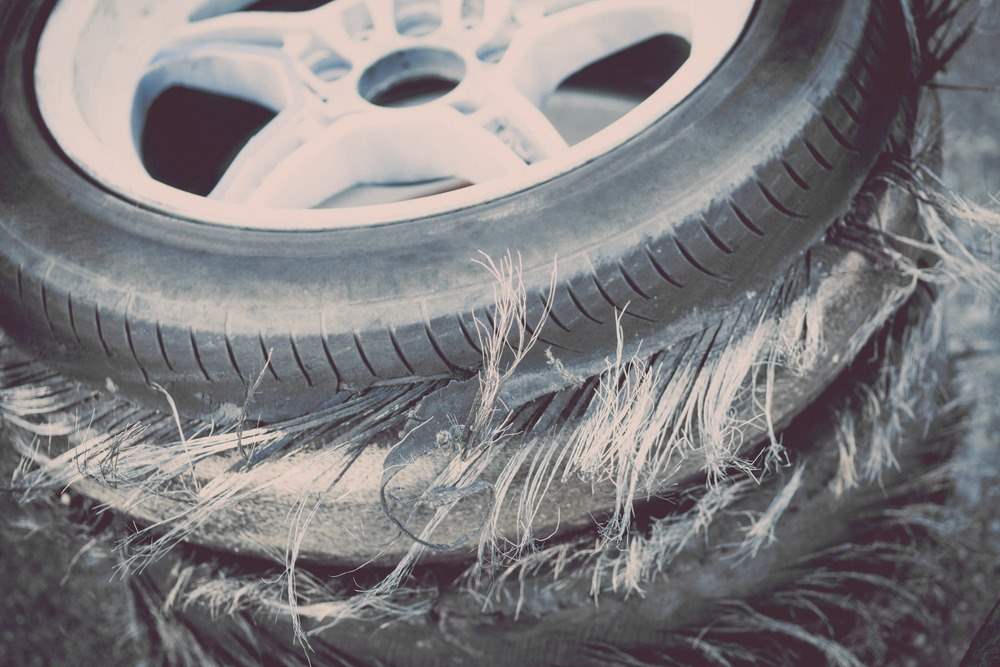
All tires come with a maximum load capacity that is clearly dictated on the tire itself. When you exceed this capacity by overloading the automobile, you may increase your risk of being involved in an accident caused by premature wear and tear of the tire.
Tires can suffer excessive strain when the load capacity is exceeded frequently. This means a higher risk of tire-related problems, including:
- tread separation;
- a sudden tire blowout; and
- rapid tire disintegration.
However, in many cases, excessive wear and tear is the result of a defective tire and not excessive loads. Very often, tires, even those manufactured by reputable manufacturers, show signs of excessive wear and tear, even when the tires are fairly new.
In such cases, tire damage is not the result of excessive loads, but a design or manufacturing defect. If you have suffered injuries in an accident that was caused by a tire showing signs of premature wear and tear, speak with a tire defect lawyer. You may have a viable claim for compensation. How you can identify signs of wear and tear on your tires is by considering the handling (vibrating or pulling) and looking for bumps or bulges, among other things.
What is tire load rating?
A tire load rating indicates to the owner the maximum load that the tire can carry. Basically, a tire load load rating informs you about the amount of weight that each tire will hold. The Tire Load Rating is the result of extensive testing that tire manufacturers conduct. These tests are conducted to see whether the tire can meet or even exceed the load capacity.
To determine the load rating of your tire, look at the tire sidewall. You will see the words “Max Load,” followed by a number in pounds or kilograms. Load rating also could be mentioned as a code — typically between 71 and 110. If your tires have a rating code instead of a weight measure, refer to a rating index to understand the maximum load capacity of your tire.
Find a Personal Injury Lawyer, Near Me
(855) 529-0269Causes of Tire Wear and Tear besides Excessive Load
Sometimes, tires come with inherent defects that cause unusual and unexpected wear and tear that is not linked to overloading. Several automobiles, including 2006-2009 Honda Civics, are named in complaints about sudden, uneven, and rapid wear and tear of tires.
In some of these cases, poor-quality rubber was used in the manufacture of the tires, while in other cases, the tire was designed poorly, resulting in premature wear and tear. If you were in an accident caused by premature and unexpected tire wear and tear, you may have legal options for compensation for your losses.
Damages in a Tire Defect Lawsuit
Tires are the only components of your automobile that are always directly in contact with the surface of the road and are arguably the most important component of your car. Victims of accidents involving defective tires may have options for compensation.
Damages can include:
- medical expenses (hospitalization, medication costs and doctor fees);
- lost income; and
- disability.
Call an attorney at Chalik & Chalik to discuss your case. Tire defect lawsuits are filed under product liability laws. These cases are complex and require extensive financial and legal resources. Our legal team has the expertise, resources and experience to fight aggressively to recover damages for your losses.
Call 855-529-0269 to speak with a product liability lawyer. You also can fill out our online contact form to speak with an attorney at our firm. Initial consultations are free.
Call or text Chalik & Chalik
(855) 529-0269






